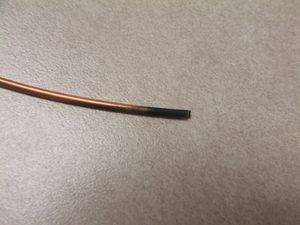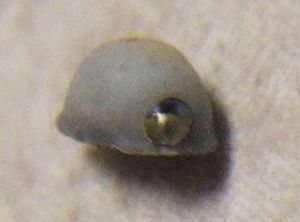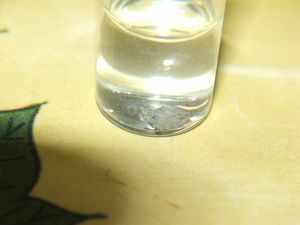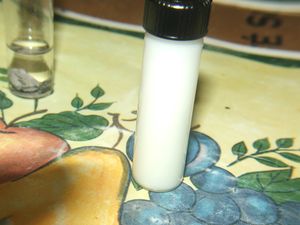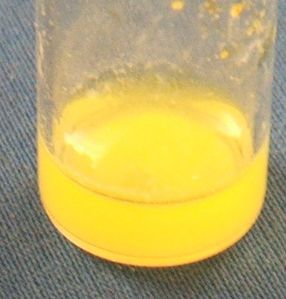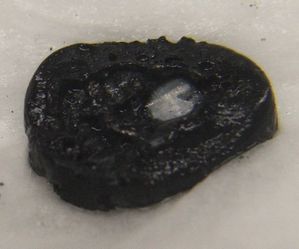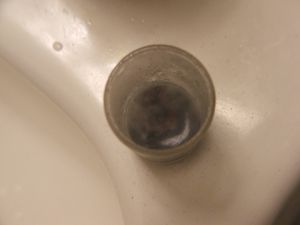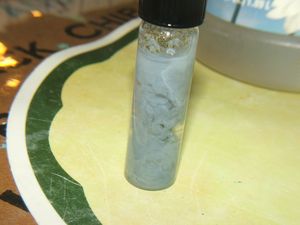Silver is best dissolved by nitric acid, forming a colorless solution of silver nitrate. However, nitric acid is difficult to obtain, so acetic acid is used instead to dissolve it.
I dissolved some anodized (silver is made vulnerable, not protected, by anodizing) silver in acetic acid and hydrogen peroxide. It formed a milky solution of silver acetate (because of chloride impurities present in the vial). I then placed a piece of copper wire in the solution. Some silver formed as a black coating, but no silver crystals formed because of the insistent decomposition of hydrogen peroxide that was occurring from the copper wire. A purplish precipitate of what I assumed was micro-particulate silver accumulated on the bottom of the vial. When disturbed, it went into suspension. This same precipitate formed when ascorbic acid was reacted with the silver acetate solution.
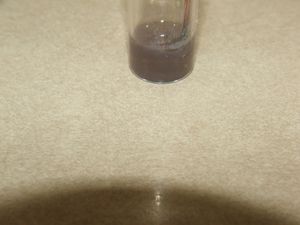
I also precipitated some silver carbonate. It formed as a fluffy white precipitate. Once filtered and dried, it turned brown as silver oxide or even elemental silver (from light exposure) was formed.
Silver acetate decomposes on exposure to light. After a day in daylight, the silver acetate was colored slightly bluish because of silver metal that had begun forming from the decomposition.
Because of working with this silver solution, I discovered that just about every piece of equipment I have for chemical experiments is contaminated with chloride ions.

